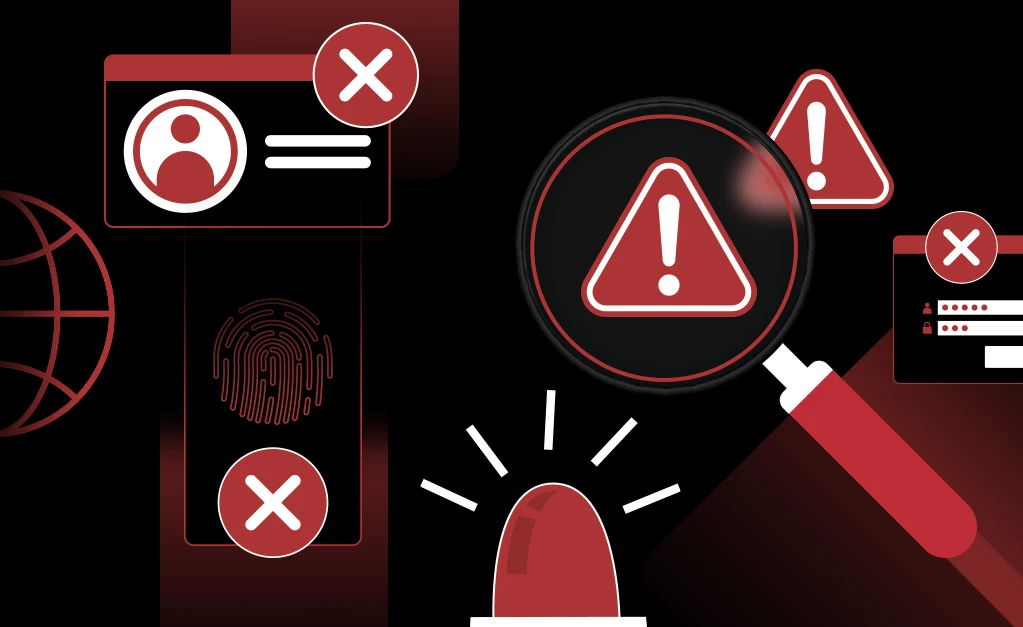When “Secure” Isn’t: What the Trusted Advisor S3 Bypass Reveals About AWS Misconfigurations

AWS has built its reputation on being both flexible and secure, offering organizations the ability to scale quickly while relying on native tools to manage risk. One of those tools, AWS Trusted Advisor, plays a pivotal role in guiding customers through best practices: flagging issues in areas like cost optimization, performance, and security. Among its security checks, Trusted Advisor’s S3 bucket permissions analysis has been a go-to safeguard for detecting risky public access.
But a recent finding from security researchers revealed a weakness: under specific conditions, attackers could trick Trusted Advisor into showing that unprotected S3 buckets were “secure.” While AWS has since addressed the issue, the incident is a sharp reminder of the fragility of assumptions in cloud security.
Unpacking the Misconfiguration: What Happened
The Trusted Advisor S3 bucket permissions check is designed to alert customers if their storage resources are configured with open access—either publicly accessible or available to any authenticated AWS user. That visibility is crucial, given how many data leaks have stemmed from misconfigured buckets.
The security researchers discovered, however, that this check could be bypassed. By setting S3 bucket policies to deny permissions such as:
- s3:GetBucketAcl
- s3:GetPublicAccessBlock
- s3:GetBucketPolicyStatus
an attacker (or even a careless admin) could effectively blind Trusted Advisor. In this scenario, a bucket could still be configured with public and anonymous permissions via policies or ACLs (access control lists), but Trusted Advisor would fail to raise an alert.
The practical outcome? A false sense of security. Administrators might assume their environment was fully compliant when, in fact, sensitive data was exposed to the internet.
Why This Matters
At first glance, this vulnerability seems limited: an attacker would already need access to the target’s AWS environment to exploit it. But the broader lesson is more concerning: security tooling itself can be manipulated or misled.
Cloud security operates on the assumption that visibility is accurate. If that visibility is compromised, two risks emerge:
- Data Exposure: Misconfigured S3 buckets remain a leading cause of breaches. From Volkswagen’s data exposure to countless smaller incidents, the cost of misjudging S3 permissions is high.
- Compliance Failures: Organizations relying on Trusted Advisor for audit readiness may have unintentionally missed critical misconfigurations, leading to non-compliance with GDPR, SOC 2, or HIPAA.
- Erosion of Trust: If security teams assume AWS’s own advisory tools always catch misconfigurations, blind spots like this undermine confidence in automated governance.
The problem isn’t unique to AWS. Any native tool can face limitations when permissions or configurations are used against it. That’s why relying solely on built-in checks is risky.
AWS Response
To their credit, AWS acted promptly once notified. After researchers disclosed the issue in May, AWS deployed an initial patch and rolled out a comprehensive fix by late June. Customers were also directed to updated documentation on S3 bucket permissions and public access settings.
AWS now warns that when bucket policies prevent Trusted Advisor from performing necessary checks, users should see a “Warn” status, rather than an “Ignored” indicator. It’s a reminder to customers to validate their own security assumptions instead of relying on defaults.
The Bigger Lesson: Misconfigurations Are the Real Enemy
This incident reinforces a hard truth: the majority of cloud breaches stem not from zero-day exploits but from misconfigurations and over-permissive settings.
Consider:
- Access key sprawl remains a major challenge, with risks tied to AWS access keys often underestimated.
- IAM roles and federated identities frequently accumulate excessive permissions, creating attack paths invisible to traditional monitoring.
- Authentication gaps, including these five AWS identity risks, continue to plague enterprises that scale without a least-privilege strategy.
The Trusted Advisor bypass wasn’t about sophisticated malware. It was about manipulating the rules of visibility. In a way, that’s the story of cloud misconfigurations at large: what you don’t see can, and often does, hurt you.
Where CSPM Comes In
This is where Cloud Security Posture Management (CSPM) platforms prove invaluable. Unlike native tools limited to their own ecosystem, CSPM provides continuous, independent checks across configurations, permissions, and compliance frameworks.
A robust CSPM solution can:
- Detect public buckets and exposure risks even when one diagnostic API fails.
- Correlate context across services, showing how IAM roles, policies, and resource configurations interact.
- Prioritize remediation, so teams address the most critical risks first instead of drowning in alerts.
- Automate compliance checks, ensuring issues don’t remain hidden between audits.
In short, CSPM complements (not replaces) native tools like Trusted Advisor. It provides the second line of defense organizations need in a multi-layered cloud security strategy.
How CheckRed Strengthens AWS Cloud Security
At CheckRed, we’ve seen time and again how visibility gaps in AWS can create cascading risks. That’s why our platform is built to surface misconfigurations proactively, not just when native tools raise a flag.
- Complete AWS Visibility: Our agentless scanning continuously monitors all AWS resources, surfacing risks and compliance gaps.
- Contextual Risk Insights: Instead of static checks, CheckRed analyzes how permissions, configurations, and activity logs interact, highlighting real-world exposure.
- Automated & Semi-Automated Remediation: From fixing public S3 bucket permissions to tightening IAM roles, CheckRed helps teams act quickly without guesswork.
- Seamless Collaboration: Integrations with Slack, Jira, and other tools ensure the right teams act on alerts in real time.
As misconfigurations continue to drive breaches, organizations can’t afford to trust one tool alone. CheckRed’s AWS CSPM solution helps enterprises validate, remediate, and continuously strengthen their cloud environments.
Conclusion
The Trusted Advisor S3 bypass is more than a patchable flaw—it’s proof that even trusted native tools can be manipulated, leaving organizations with dangerous blind spots. Misconfigurations remain the leading cause of cloud breaches, and assuming a single control is enough can create a false sense of security.
Enterprises need continuous validation, cross-platform visibility, and actionable insights to stay ahead of risk. That’s where CheckRed delivers value: agentless AWS visibility, contextual risk analysis, automated remediation, and seamless compliance alignment.
With CheckRed, AWS customers can go beyond “secure on paper” to truly resilient—closing misconfiguration gaps before they become the next breach headline.


